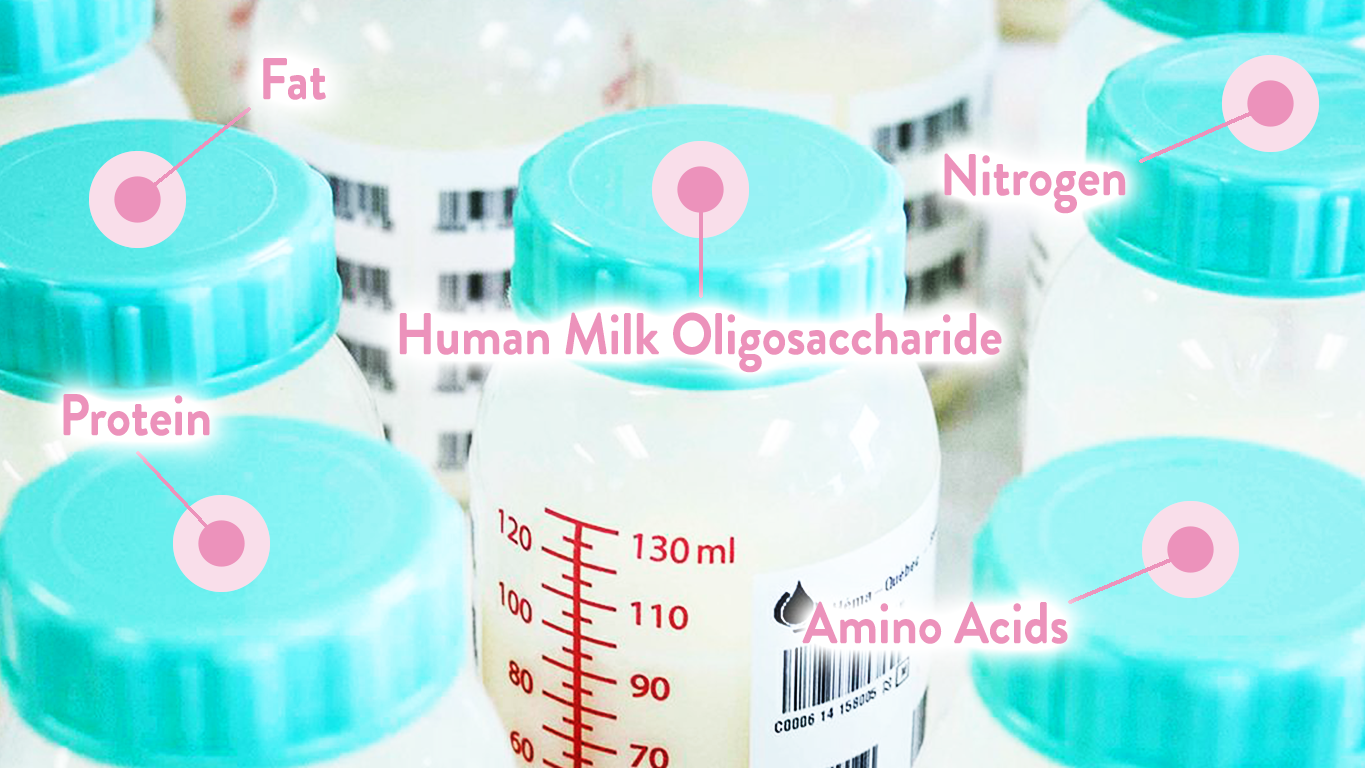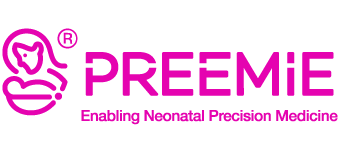An overview of the research article on ‘Human milk bank and personalized nutrition in the NICU: a narrative review’

Originally published in the European Journal of Pediatrics, November 27, 2020. “This narrative review presents salient data of our current knowledge and concerns regarding milk feeding of preterm infants in the NICU, with special emphasis on personalized donor milk as a result of establishing a Personalised Nutrition Unit (PNU).” Written by Manuel Sánchez Luna, Sylvia Caballero Martin and Carmen Sánchez Gómez-de-Orgaz.
Today approximately 15 million babies are born prematurely and is ‘the leading cause of mortality among children aged under five years, with a majority of deaths due to preterm birth occurring in the neonatal period.
Nutrition is Key
To fight this problem, appropriate nutrition is a critical element in improving preterm babies’ survival and outcomes. Sometimes, instead of the mother’s own milk (MOM), donor milk (DM) from a similar gestational and lactation stage is given. This milk, provided by human milk banks (HMB), is composed of pooled term milk at various lactation stages. In some instances, they are far from having the characteristics of the MOM. In these circumstances, personalised fortification using DM is the ideal approach to feed preterm infants.
Preterm Milk Composition
A contributing factor for growth failure in preterm infants is low protein intake. Studies have shown that the mother’s milk of premature infants has significantly more protein, nitrogen, and amino acids during the first weeks of lactation. This unique combination of nutrients of the preterm milk properties contributes to the premature infants’ rapid growth rates. Also unique to breastmilk are human milk oligosaccharides (HMOs), which are known to be a strong protection for necrotizing enterocolitis (NEC). It is essential to state that the breastmilk’s pasteurization does not affect HMO content and that no differences were found between unpasteurized and pasteurized human milk for any or severe NEC.
Personalised Fortification
Currently, 20% of donated breastmilk comes from mothers of preterm infants. In Brazil, a leader of human milk banks, 44% of their donors are mothers of preterm infants, and if the mother’s milk nutritional requirements are not met, then donor milk is often given to babies. In both cases, MOM or DM, personalised fortification is performed inside NICUs. A significant reduction in NEC and late-onset sepsis was correlated with the usage of personalized fortification. Due to the personalized fortification, a shorter use of central venous catheters for parenteral nutrition, which is the administering of nutrition intravenously and better growth during hospitalization was also associated with this.
Conclusion
Mother’s own milk is the healthiest and most convenient way of providing the essential nutrients to newborns. If the mother cannot provide her breastmilk, donor milk is a good alternative. On the other side, and as the milk composition varies with gestational age and stage of lactation, personalised feeding using donor milk from mothers with preterm infants, combined with personalised targeted fortification, is the optimal approach.
We would like to thank Dr. Manuel Sánchez Luna, Professor Neonatology Division Hospital Materno Infantil Universitario Gregorio Marañón, Madrid, España for his continued research on personalized donor milk working towards the establishment of in the development of a personalized nutrition unit within hospitals in Spain. You can follow Dr. Luna on Twitter @manutoronto13



